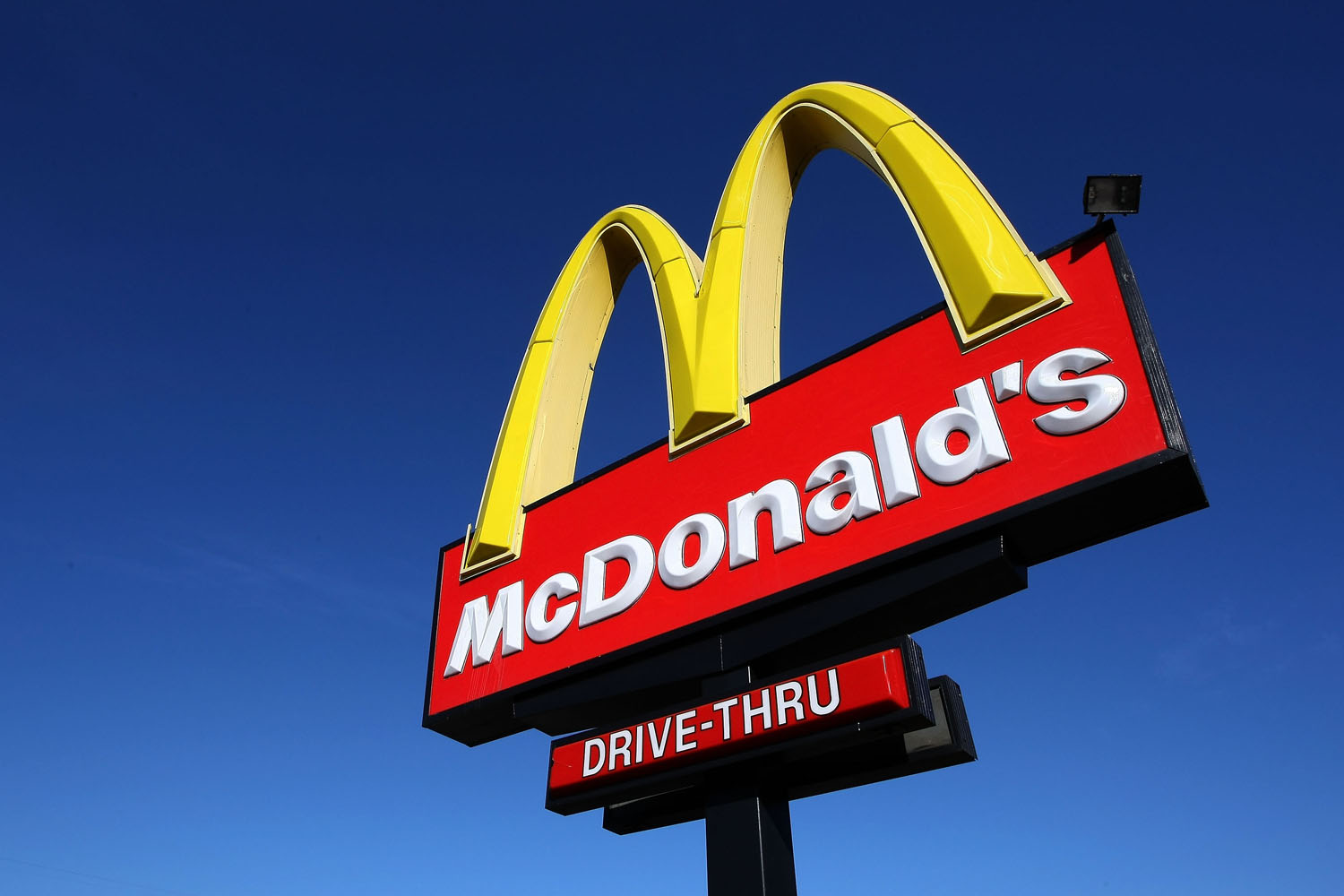
It may seem like a bad idea to give your customers a behind-the-scenes look at a process some will find disgusting. But that’s what McDonald’s did by releasing a video showing how McNuggets are made.
The new video, released online via McDonald’s Canadian operations, was created in response to a photo that went viral of what was supposed to be mechanically separated chicken, a.k.a., “pink goop,” which sorta resembles strawberry soft-serve ice cream and most certainly does not resemble anything like chicken meat. At some point, the weird goop began being associated with McDonald’s Chicken McNuggets. The McDonald’s newsroom eventually responded to the photo, which it declared a hoax in a company statement:
A photo circulating online does not show how we make Chicken McNuggets or, frankly, any item on our menu.
Our Chicken McNuggets are made using USDA inspected boneless white breast meat chicken. We do not use the process known as mechanically separated chicken, nor do our Chicken McNuggets ever at any point, look like this photo.
To further address the issue, the McDonald’s team visited a company processing plant in Ontario, Canada, to show how chicken is transformed into Chicken McNuggets. As the video shows, the transformation essentially begins with chicken breasts similar to those you’d spot at the supermarket. Never once do the ingredients look like the soft, squishy pink substance seen in that infamous photo posted and forwarded in horror around the world.
(MORE: McDonald’s Employee Website Yanked After Ridicule)
Quashing the slimy goop theory is surely a smart, necessary step for McDonald’s. Increasing transparency is generally thought to be a positive as well, for almost any business, but in particular for those focused on food. Many consumers say that they want more transparency, especially when it comes to what they’re putting inside their bodies and those of their children. One reason that open kitchens are popular at restaurants is that they give the impression that the meal-production team has nothing whatsoever to hide.
Yet there may still be some risk to revealing a process that may seem weird—shaping the chicken mix into four distinct nugget shapes (Boot, Ball, Bow-Tie, Bell)—or potentially unappetizing, as when the video shows close-ups of meat being ground up and huge bowls of mushy meat mix that resembles tuna fish or perhaps cookie dough. As Gawker summed up, “The process is not ‘pink slime’ gross, but it’s still sort of disgusting.”
Nonetheless, restaurant and social media consultants tend to view the release of the McDonald’s video as a savvy move. “There are a lot of misconceptions about how they produce McNuggets,” said Darren Tristano, executive vice president of Technomic, a research and consulting firm focused on food and beverages. “Anything they can do to get away from the idea that their nuggets are ‘mystery meat’ is good.”
“They show that there’s real chicken in nuggets, not the sawdust most people think,” said David Kincheloe, president of National Restaurant Consultants. “What they’re going for with transparency, they’re trying to get ahead of the curve and ease worries people might have.”
(MORE: McDonald’s Will Serve Up ‘Sustainable Beef,’ Whatever That Is)
“100% yes, I believe McD should be talking about nuggets,” Jay Baer, founder of the “social and content accelerator” firm Convince and Convert, said via e-mail. In fact, he pointed to McDonald’s push for transparency in Canada, in which teams answer thousands of customer questions and food quality and safety are dealt with head-on, as an example of especially brilliant content marketing. The program, Baer wrote, “is an incredible example of radical transparency, and building trust by being disproportionately forthright. They have tracked it extensively, and found meaningful increases in Canadians’ perceptions of food quality, etc.”
And why is Canada, rather the U.S., the centerpiece of the transparency initiative? “McDonald’s probably views Canada as a good place to test the waters,” Kincheloe of National Restaurant Consultants said. “The thinking is that the market is more accepting, a bit more forgiving up there.”
There may be another reason the McNugget video was produced and posted in Canada, according to Technomic’s Tristano. “I think there’s a heightened interest among Canadian consumers versus American consumers in terms of transparency and knowing where your food comes from,” he said.
Regardless, Tristano is skeptical that the video will have a significant impact on consumer decisions. People who were either fully opposed or fully in favor of nuggets before the release of this video aren’t going to have their minds changed. “I suspect it’ll have a modest influence over consumers, in a positive direction,” Tristano said. “It may move the needle a little, but it’s not going to double their orders of nuggets or anything.”
(MORE: Why Wendy’s Is Eating McDonald’s Lunch)
Yet while transparency is almost universally encouraged, it’s not entirely without risk. “If you don’t do it with caution and really show quality, it could be a disaster,” said Kincheloe. “You have to be really careful with how you present it.”
Perhaps even worse, according to Tristano, McDonald’s could be calling attention to an issue that some customers were completely and blissfully unaware of, alarming them and grossing them out in the process. “The risk is that you might turn them off from buying the product,” he said.
More Must-Reads from TIME
- Cybersecurity Experts Are Sounding the Alarm on DOGE
- Meet the 2025 Women of the Year
- The Harsh Truth About Disability Inclusion
- Why Do More Young Adults Have Cancer?
- Colman Domingo Leads With Radical Love
- How to Get Better at Doing Things Alone
- Michelle Zauner Stares Down the Darkness
Contact us at letters@time.com